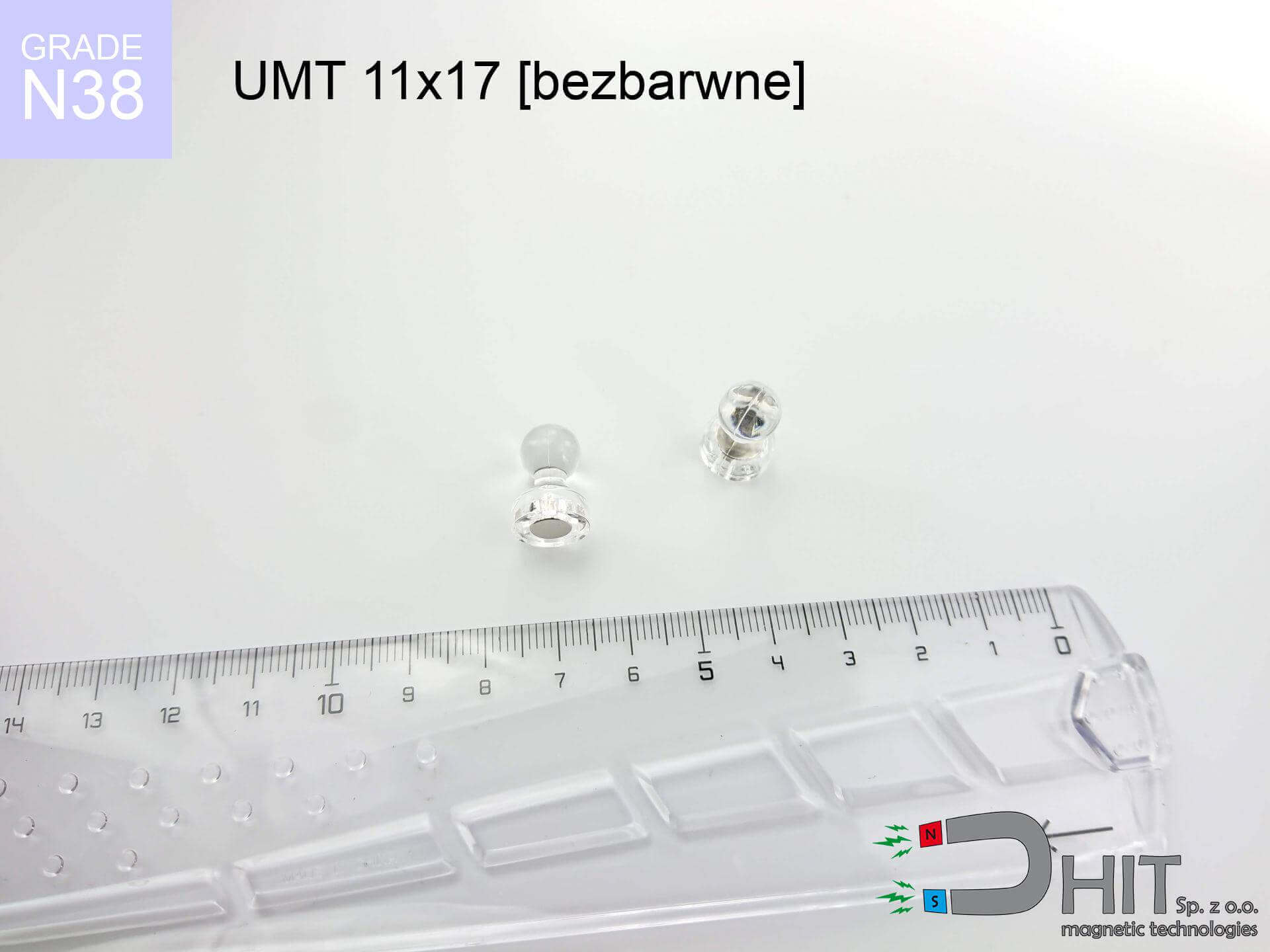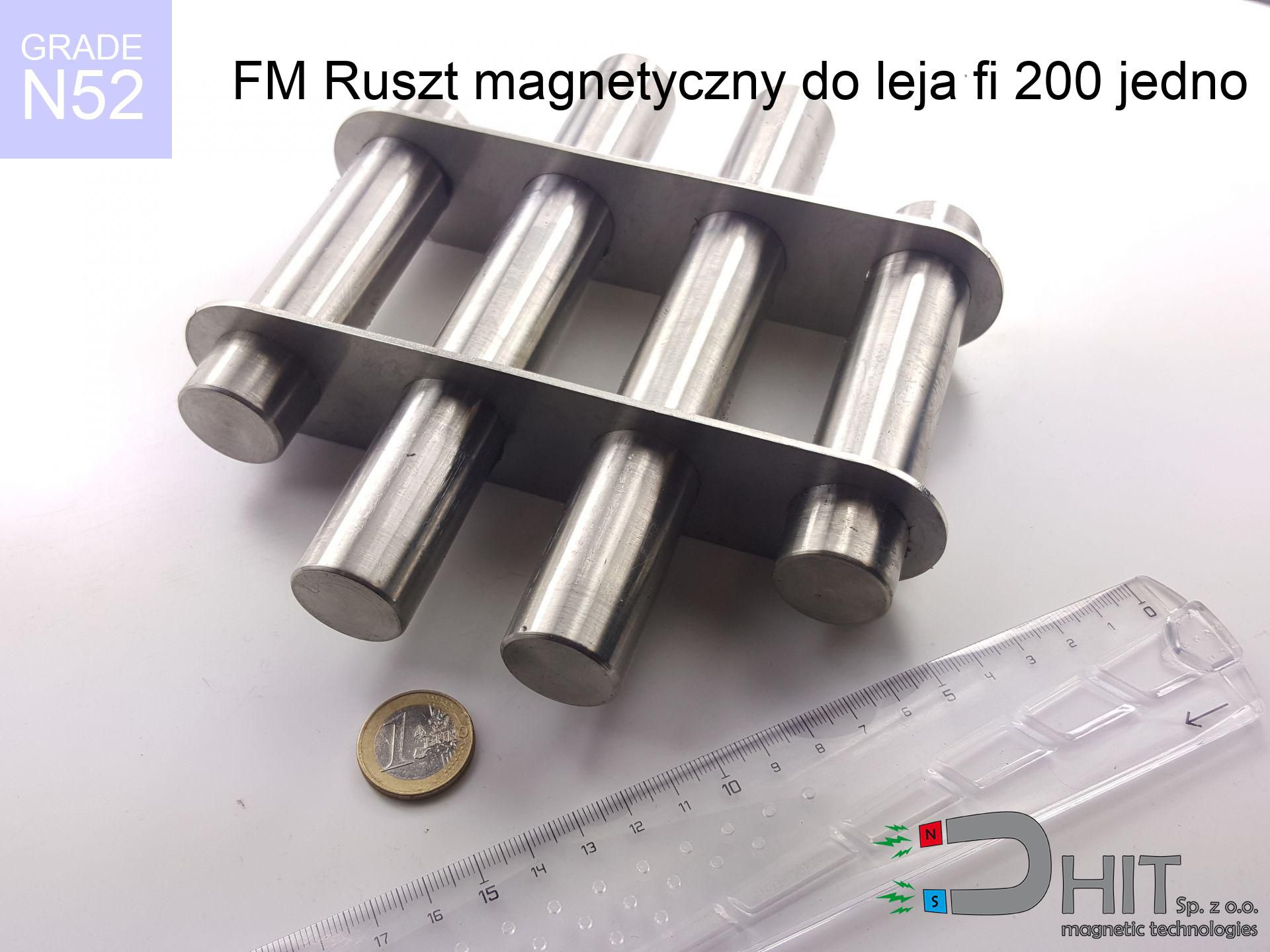UMP 65x45 [M8] GW - search holder
search holder
Catalog no 210259
GTIN: 5906301813927
Diameter Ø [±0,1 mm]
65 mm
Height [±0,1 mm]
45 mm
Weight
1150 g
Load capacity
230 kg / 2255.53 N
Coating
[NiCuNi] nickel
150.00 ZŁ with VAT / pcs + price for transport
121.95 ZŁ net + 23% VAT / pcs
bulk discounts:
Need more?Not sure about your choice?
Give us a call
+48 888 99 98 98
or get in touch using
contact form
the contact page.
Parameters as well as appearance of neodymium magnets can be analyzed on our
modular calculator.
Same-day shipping for orders placed before 14:00.
Magnetic properties of material
Physical properties of sintered neodymium magnets Nd2Fe14B at 20°C
Shopping tips
Strengths as well as weaknesses of NdFeB magnets.
In addition to their long-term stability, neodymium magnets provide the following advantages:
- They virtually do not lose strength, because even after 10 years the performance loss is only ~1% (according to literature),
- They do not lose their magnetic properties even under strong external field,
- The use of an shiny layer of noble metals (nickel, gold, silver) causes the element to look better,
- The surface of neodymium magnets generates a strong magnetic field – this is one of their assets,
- Made from properly selected components, these magnets show impressive resistance to high heat, enabling them to function (depending on their shape) at temperatures up to 230°C and above...
- Thanks to flexibility in constructing and the capacity to customize to individual projects,
- Significant place in modern industrial fields – they serve a role in hard drives, electric motors, diagnostic systems, and complex engineering applications.
- Compactness – despite small sizes they provide effective action, making them ideal for precision applications
Cons of neodymium magnets: application proposals
- At very strong impacts they can break, therefore we recommend placing them in strong housings. A metal housing provides additional protection against damage, as well as increases the magnet's durability.
- When exposed to high temperature, neodymium magnets suffer a drop in force. Often, when the temperature exceeds 80°C, their strength decreases (depending on the size, as well as shape of the magnet). For those who need magnets for extreme conditions, we offer [AH] versions withstanding up to 230°C
- Due to the susceptibility of magnets to corrosion in a humid environment, we recommend using waterproof magnets made of rubber, plastic or other material stable to moisture, in case of application outdoors
- Limited ability of producing threads in the magnet and complicated shapes - recommended is casing - magnet mounting.
- Health risk to health – tiny shards of magnets are risky, if swallowed, which is particularly important in the aspect of protecting the youngest. Additionally, small elements of these magnets are able to complicate diagnosis medical when they are in the body.
- High unit price – neodymium magnets cost more than other types of magnets (e.g. ferrite), which hinders application in large quantities
Breakaway strength of the magnet in ideal conditions – what contributes to it?
The force parameter is a theoretical maximum value executed under standard conditions:
- with the contact of a sheet made of low-carbon steel, guaranteeing full magnetic saturation
- whose thickness reaches at least 10 mm
- with a surface free of scratches
- without the slightest air gap between the magnet and steel
- during pulling in a direction perpendicular to the mounting surface
- at standard ambient temperature
Key elements affecting lifting force
Effective lifting capacity is influenced by working environment parameters, including (from most important):
- Distance – existence of foreign body (rust, dirt, air) acts as an insulator, which reduces capacity steeply (even by 50% at 0.5 mm).
- Pull-off angle – remember that the magnet holds strongest perpendicularly. Under sliding down, the holding force drops drastically, often to levels of 20-30% of the nominal value.
- Metal thickness – thin material does not allow full use of the magnet. Part of the magnetic field passes through the material instead of converting into lifting capacity.
- Material type – the best choice is pure iron steel. Cast iron may generate lower lifting capacity.
- Smoothness – ideal contact is possible only on smooth steel. Any scratches and bumps create air cushions, reducing force.
- Thermal factor – hot environment weakens pulling force. Exceeding the limit temperature can permanently damage the magnet.
* Lifting capacity testing was carried out on plates with a smooth surface of optimal thickness, under perpendicular forces, whereas under parallel forces the load capacity is reduced by as much as 5 times. Moreover, even a slight gap {between} the magnet and the plate decreases the lifting capacity.
Precautions when working with NdFeB magnets
Magnetic interference
Navigation devices and smartphones are highly susceptible to magnetic fields. Close proximity with a powerful NdFeB magnet can permanently damage the sensors in your phone.
Medical interference
For implant holders: Strong magnetic fields disrupt medical devices. Keep at least 30 cm distance or request help to work with the magnets.
Respect the power
Use magnets consciously. Their immense force can shock even professionals. Stay alert and do not underestimate their force.
Heat sensitivity
Monitor thermal conditions. Exposing the magnet to high heat will permanently weaken its magnetic structure and strength.
Machining danger
Dust produced during machining of magnets is combustible. Avoid drilling into magnets without proper cooling and knowledge.
Protect data
Avoid bringing magnets near a wallet, laptop, or TV. The magnetism can permanently damage these devices and wipe information from cards.
Bone fractures
Protect your hands. Two powerful magnets will snap together immediately with a force of several hundred kilograms, crushing anything in their path. Be careful!
Product not for children
Neodymium magnets are not toys. Accidental ingestion of multiple magnets may result in them connecting inside the digestive tract, which constitutes a direct threat to life and necessitates immediate surgery.
Skin irritation risks
It is widely known that nickel (standard magnet coating) is a common allergen. For allergy sufferers, avoid direct skin contact or opt for coated magnets.
Protective goggles
NdFeB magnets are ceramic materials, which means they are fragile like glass. Impact of two magnets will cause them cracking into small pieces.
Important!
More info about risks in the article: Magnet Safety Guide.

![Search magnet UMP 65x45 [M8] GW - GOLD Series Search magnet UMP 65x45 [M8] GW - GOLD Series](https://cdn3.dhit.pl/graphics/banners/magnet.webp)
![UMP 65x45 [M8] GW - search holder](https://cdn3.dhit.pl/graphics/products/ump65x45-kev.jpg)
![SM 25x125 [2xM8] / N42 - magnetic separator SM 25x125 [2xM8] / N42 - magnetic separator](https://cdn3.dhit.pl/graphics/products/sm-25x125-2xm8-duj.jpg)


![UMGGZ 66x8.5 [M8] GZ / N38 - rubber magnetic holder external thread UMGGZ 66x8.5 [M8] GZ / N38 - rubber magnetic holder external thread](https://cdn3.dhit.pl/graphics/products/umggz-66x8.5-m6-gz-gas.jpg)

